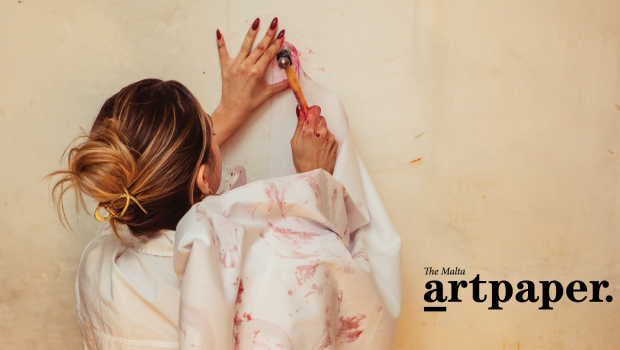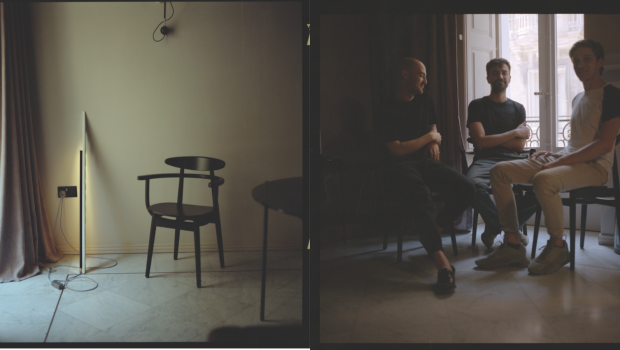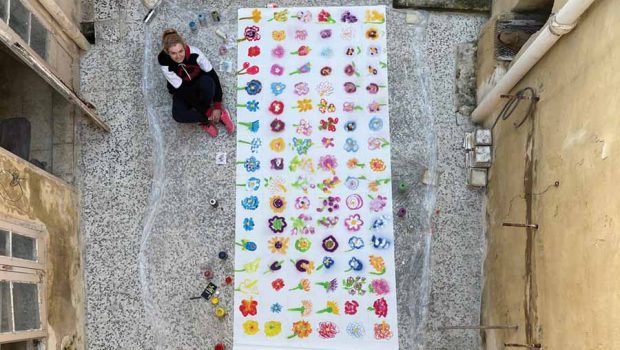A Love-Affair with Porcelain
“No self-respecting palace can call itself a palace without a grandiose piece of Chinese porcelain in display.” By Kenneth Zammit Tabona
I am always fascinated with the origin of words and I feel that the story of why porcelain is called porcelain is a winner. I was once given the British Museum publication entitled The History of the World in 100 Objects, and one of these objects was a delicate blue and white Kiangxi bowl. While the Kiangxi dynasty dates back to the 17th century, the first impression of what we call porcelain is found in Marco Polo’s Il Milione, where he describes Chinese ceramics as having a lustre-like glaze comparable to that of a cowrie shell, which in Italian is called a porcello, because cowrie shells, when in the sea, line up like piglets at their mother’s teats! Hence the name.

Since Polo, the magical effect of the exquisite Chinese bowls, plates and vases on European collectors carries on unabated to this very day. One of the great attractions was its general unavailability, coupled by its innate exotic beauty.
It was only after Vasco Da Gama found a way to navigate around The Cape of Good Hope, and after the establishment of the Portuguese colony of Macao, that the importation of Chinese porcelain flourished and was found in the houses of the well-to-do of Europe. In fact, no self-respecting palace can call itself a palace without a grandiose piece of Chinese porcelain in display. The sets of vases at our own Presidents’ Palace – both Ming and Kiangxi – are a case in point and are said to have been given to Grandmaster Pinto by the Emperor of China. However, while that may or may not have been a myth, Chinese porcelain adds a je ne sais quoi to the general 17th and 18th century interior decor that is inimitable. Chinese porcelain was depicted in paintings; not only of still-lifes but also as the receptacles of fruit in some biblical or mythological scene. For well on to three centuries the importation of what used to be called ‘white gold’ was probably the most lucrative business carried out by the Portuguese and the Dutch, who also claimed Macao.
This led Europe’s royalty and aristocracy to start ordering specialised crockery with their Armorial bearings ensconced in a setting of roses and peonies, birds and insects, and even the occasional dragon! While the Dutch and Portuguese, and later the English, brokers waited in Macao, the Chinese middlemen travelled 1,000 odd miles inland to the city of kilns in Jingdezhen and waited up to two years for the delivery of the most breathtakingly beautiful dinner services. These were to be carried back to Macao on coolie-back, up mountains and down rivers, loaded on their carracks and transported across the oceans around the Cape to Porto and Rotterdam, only to be distributed to the four corners of the Europe of Bryant’s The Age of Elegance!

While all this was happening, there were the European manufacturers who, try as they might, could not crack the secret of making porcelain and had only managed by the skin of their teeth to get to soft paste porcelain, which lacked the high lustre of the Chinese. That was until the early 18th century, when a relatively minor sovereign in Saxony – Augustus the Strong – discovered kaolin, and the kilns of Meissen and Dresden started tentative production of Chinese imitations. Augustus guarded the secret even more closely than the Chinese, till he married off his princesses into the most powerful royal dynasties in Europe by giving them Saxon artisans as part of their dowries. Hence Maria Amalia, who married the Bourbon king of Naples Charles III, founded the Capodimonte factory and Maria Josefa who married the Dauphin, son of Louis XV, gave the secret to Sevres and Vincennes.
Master porcelain artists like Joachim Kaendler created the breath-taking pieces like the mandarin nodders, the monkey orchestras and the pugs that Meissen still produces today at astronomical cost. This profusion of Chinese inspired porcelain reached its apogee in the late 18th century, becoming ever more elaborate as Qianlong dynasty Chinese porcelain vied with pieces coming from the greatest potteries in Europe.
That all came to an abrupt halt when the French Revolution threw Europe, including Malta, into turmoil. The royalty and aristocracy of the day had to concentrate on keeping their heads attached to their necks rather than collecting temple jars, urns and even bordalous!
Meanwhile, in all this ‘sturm und drang’, in England an enterprising young potter called Thomas Minton produced the first transferware Willow Pattern plate in 1791, which changed the course of how we differentiate porcelain from what we call china. But that’s a different story altogether.








